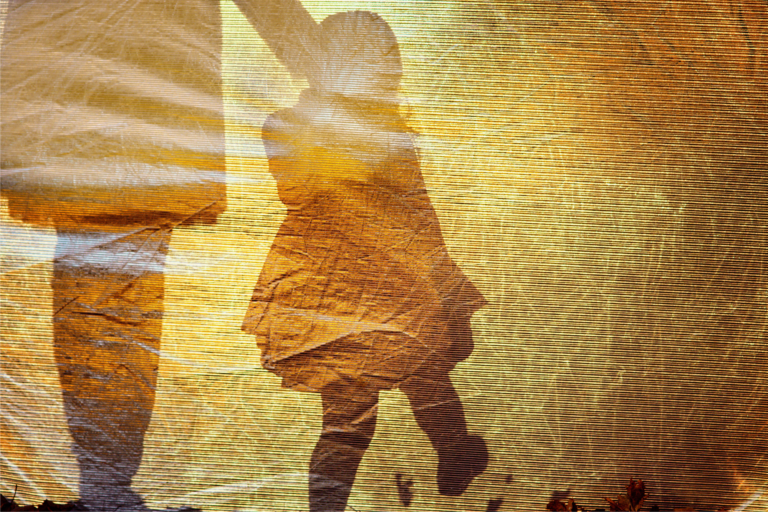April 3rd, 10th, 17th, 24th, 2024
4 Live Classes | Offered Live via Zoom
Program Description
What you will receive:
- 4 Live Webinar Sessions with Q & A
- 4 Links to the Recordings
- You are interested in furthering your understanding of Jungian concepts.
- You wish to explore connections between individual and collective contexts.
- You seek further understanding of your own psychological processes.
- You hope to bring insights about the child archetype into therapeutic work.
- You want to explore the impact of creativity on healing.
- You can envision how Jungian approaches may be brought to larger communities.
- Describe ways in which the child archetype enters individual imaginal work and therapeutic practice.
- Distinguish between family of origin child images and archetypal presence in dreams.
- Identify films that amplify the child in integrative processes.
- Describe the ways that shadow aspects of psyche impact societal patterns.
- Explain how identification with numinous figures may lead to dangerous egoic inflation and dissociation.
- Identify ways to foster the individuation process individually and collectively with child as guide.
- Articulate ways that the child archetype impacts personal experience.
Program Details
Dates
April 3rd, 10th, 17th, 24th, 2024
12 Noon – 1:00PM PST
Registration
$225.00 – General Rate
$185.00 – Pacifica Alumni, Full Time Students, & Senior Rate
$135.00 – Pacifica Student Rate
$30.00 – Continuing Education Credit (CECs) Fee
Participants requesting Continuing Education Credits (CECs) for Online programs must attend all live sessions (offered via Zoom) in order to receive CECs. Please make sure that your Zoom account name matches the name of the attendee requesting CECs.


